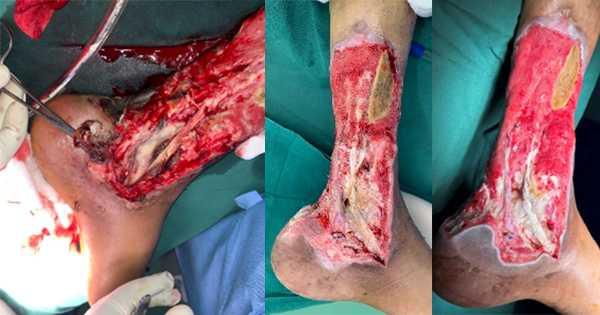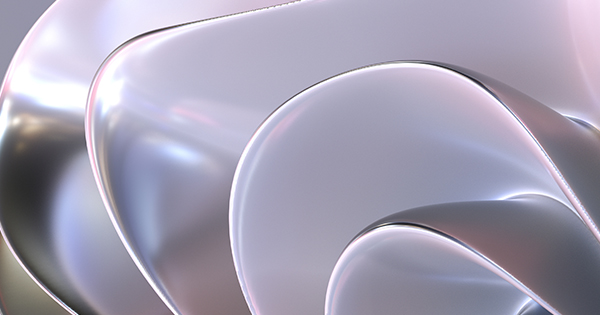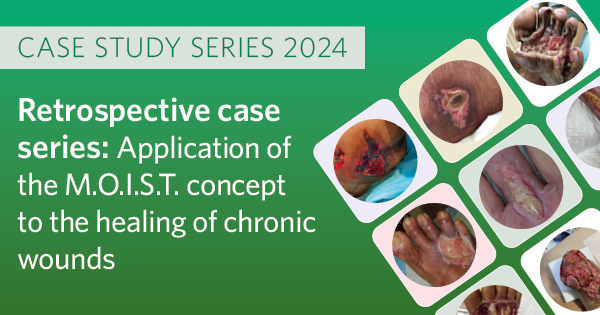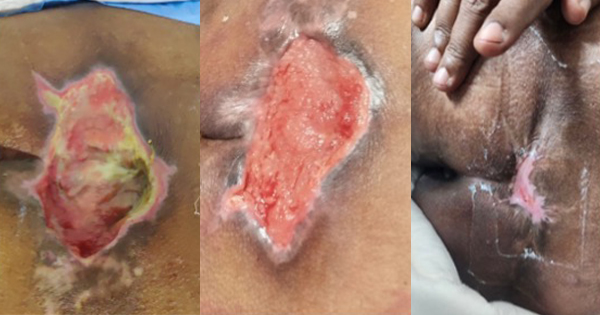<p class="p1">Through careful design of their physical characteristics, many modern wound dressings aim to provide a moist environment that is conducive to healing. Also, and perhaps equally as important, is the aim to ensure that there is minimal tissue trauma upon their removal. Several different approaches have been used to meet these design challenges, most notably the use of a low-tack or soft adhesive wound contact layer, such as those based on silicones, which claim to minimise wound adherence<sup>[1]</sup>; and those based on materials that gel on contact with exudate, for example, Hydrofiber® dressings, which have clinically been associated with reduced pain upon dressing removal</p>n<p> </p>




